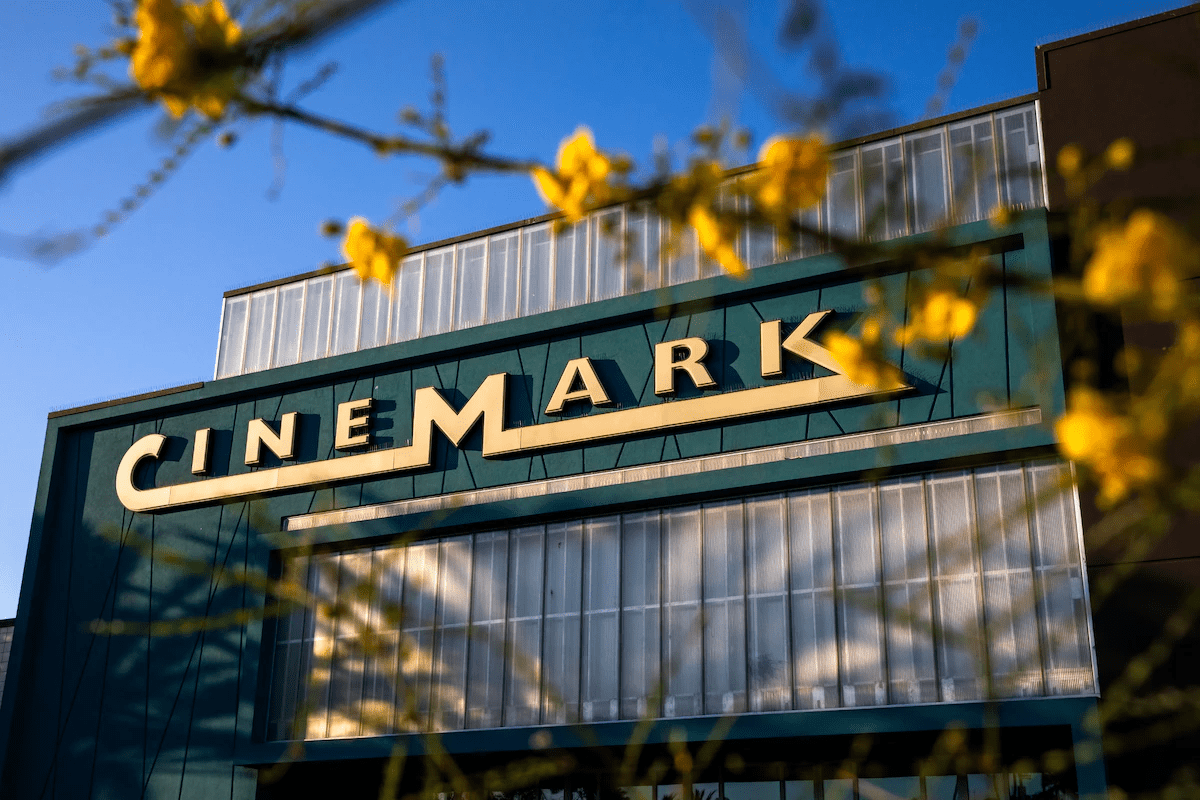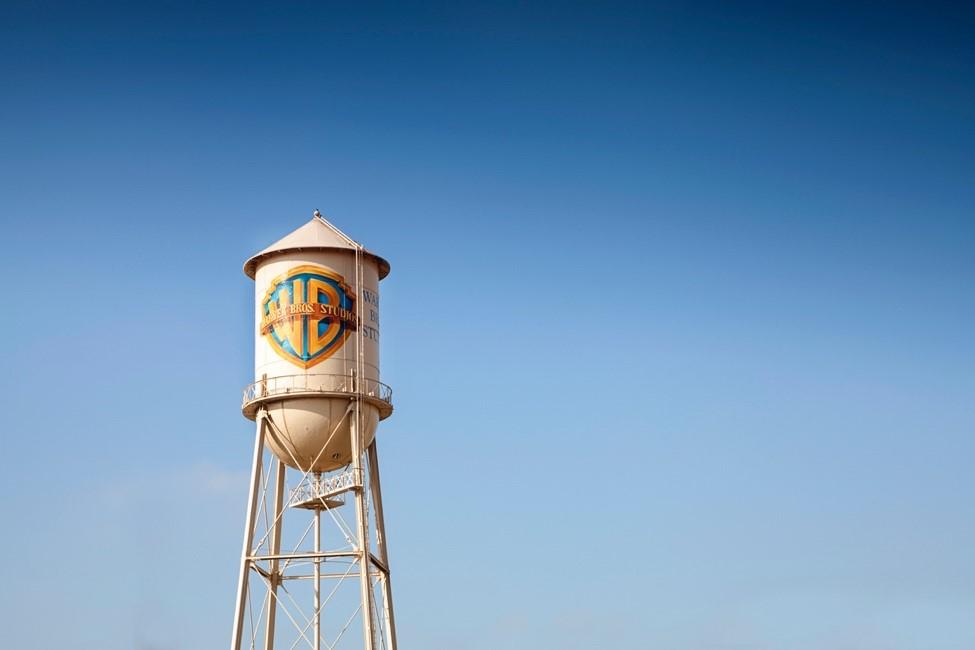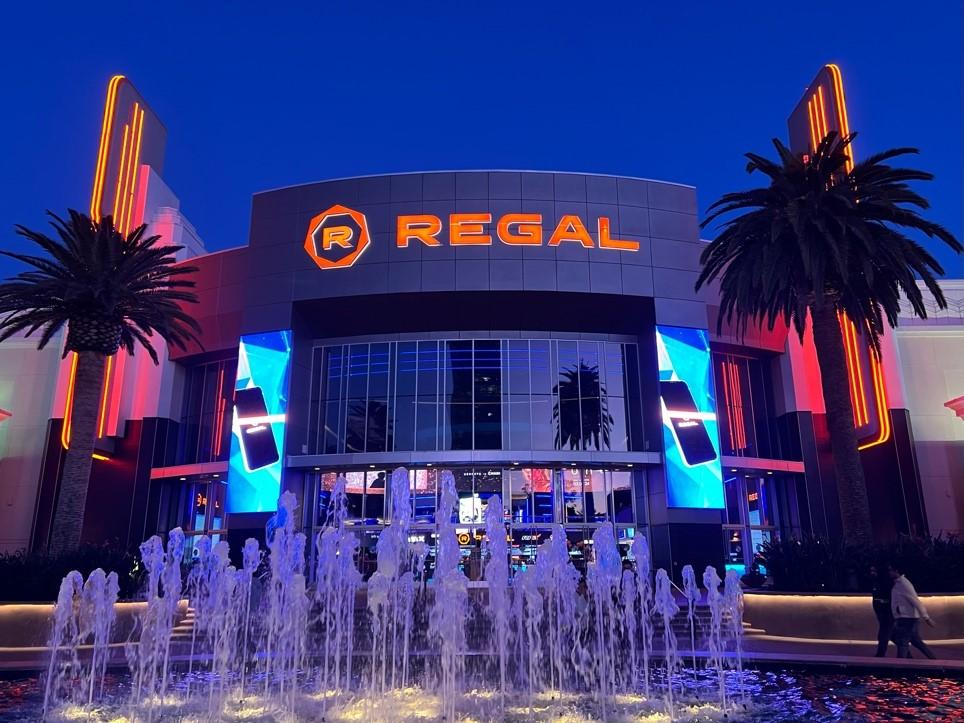Once considered the “little brother” among the three largest motion picture exhibitors, Cinemark has emerged after the pandemic as the strongest of the three in purely financial terms. An extensive article in the Washington Post this week examined the forces that have shaped theatrical exhibitions over the past several years. As a result, Cinemark’s share price now towers over that of its larger peers AMC and Regal.
One key reason for Cinemark’s success is how it has managed its financial balance sheet. Unlike Regal and AMC, Cinemark entered the COVID lockdown period with minimal debt on its books. This allowed Cinemark to make investments in key areas, including new concessions options such as offering local favorites such as California Wraps in its California theatres and Samosas in their Texas locations. The investment has paid off, with concession sales in 2023 topping 2019 sales by 3%.
Cinemark has also invested significantly in the theatre’s projection and other technology, particularly by adding “Cinemark XD” premium large format screens at many of its locations. An XD auditorium consists of heated recliners, the option to order from a full menu of food and drink options, and a big screen presentation.
Cinemark has chosen to offer XD tickets at lower prices than other PLF options such as IMAX. Cinemark makes a priority to offer lower average prices than its competitors, with an average ticket price of $7.34 across its network compared to AMC’s $11.29.
Cinemark theatres tend to be in suburban areas rather than urban downtowns, benefitting the exhibitor in two ways. First, theatrical attendance has rebounded more quickly in the suburbs compared to urban areas like New York and Los Angeles.
Second, theatres in suburban locations are less expensive to operate than those in cities. With minimal debt, growing ticket and concession sales, and an improving film slate in 2025 and 2026, Cinemark is expected to continue its growth in the face of some overall industry headwinds.











